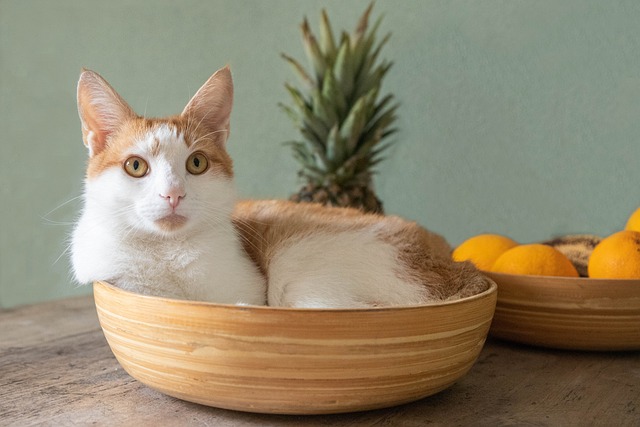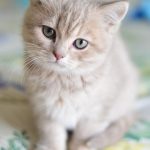Introduction
The Maine Coon cat, with its distinctive features and gentle nature, stands as a testament to the beauty and versatility of feline companions. This article delves into their physical attributes, unique personalities, historical significance, behavior traits, and their presence in popular culture.
Physical Features of a Maine Coon
- Tail resembling a raccoon with a thick, luxurious fur
- Broad chest and a rectangular body shape exuding strength and elegance
- Long, shaggy coat providing insulation against cold weather
- Impressive lion-like mane or ruff encircling the neck and chest
- Pointed ears graced with tufts of fur at the tips
- Feet adorned with tufts of fur growing between the toes
Colors and Coat Patterns
Maine Coons display a wide array of colors and patterns, but the brown classic and mackerel tabby patterns are the most prevalent.
Unique Personality of a Maine Coon
Affectionate yet independent, the Maine Coon combines curiosity with a self-reliant spirit. Their low to medium energy levels make them equally content snuggled up or engaging in playful antics. Known as gentle giants, they exhibit patience and warmth towards children, other cats, and even dogs.
Historical Tapestry of the Maine Coon
The Maine Coon’s origins are shrouded in legend and history. Stories range from fantastical tales of raccoon-cat matings to speculations about royal connections. The breed emerged organically through natural mating between short-haired domestic cats and long-haired seafaring companions, evolving to thrive in the Northeastern U.S. climate.
Evolution in Popularity
Once revered show cats, Maine Coons experienced a decline in popularity due to the emergence of exotic breeds in the early 20th century. Thought to be extinct in the 1950s, dedicated breeders formed clubs, leading to its resurgence. Recognition by the Cat Fanciers’ Association in 1976 catapulted the Maine Coon back into the spotlight.
Behavior and Training
Do Maine Coons Get Along with Others?
Maine Coons earn their moniker as gentle giants, displaying a patient and playful demeanor. They interact harmoniously with young children, other pets, and their human families.
Exercise and Mental Stimulation Needs
While not the most active breed, Maine Coons benefit from regular exercise to maintain health. Engaging them with wand toys, resembling ground prey, keeps them fit. Mental enrichment is crucial; toys mimicking mice, rats, and other creatures are particularly engaging.
Grooming and Care
Maine Coons possess a medium to long double-coat designed for insulation and water-resistance. Regular brushing maintains cleanliness and distributes natural oils. Routine nail trims and teeth brushing are essential for their overall well-being.
Maine Coons in Popular Culture
Famous Owners of the Maine Coon
- Nathan Fillion (Actor)
- Bobby Flay (Chef)
- Joe Perry (Musician)
- John Cleese (Actor)
Famous Maine Coons
- Photographs by Robert Sijka, showcasing the splendor of Maine Coons.
- Barivel, the Guinness World Record holder for the longest living cat, measuring an astonishing 3 feet 11.2 inches.
Maine Coons in Media
- Mrs. Norris, Mr. Filch’s cat in the Harry Potter films.
- Church in the remake of Pet Sematary.
Conclusion
The Maine Coon cat, with its regal appearance and gentle disposition, has earned its place as one of the most beloved feline companions. Their intriguing history, distinctive features, and easy-going nature make them a remarkable addition to any household. Whether cuddling on the couch or playfully exploring, the Maine Coon’s presence enriches the lives of those fortunate enough to call them family.



